Water filtration is a necessary process that ensures the safety and quality of drinking water. According to the World Health Organization, approximately 2 billion people worldwide lack access to safe drinking water. This shows the importance of effective water purification systems in improving public health. Among various filtration technologies, KDF (Kinetic Degradation Fluxion) filters are known for their ability to efficiently remove contaminants from water. Understanding these filters can help consumers make better decisions about their water filtration needs, including the use of a water softener for tap and shower.
What Are KDF Filters?
KDF stands for Kinetic Degradation Fluxion, a type of filter media that uses high-purity copper and zinc granules. This allows KDF filters to carry out an electrochemical process known as redox (reduction-oxidation) to convert harmful contaminants into harmless substances. The KDF process is effective in solving common water quality issues found in both residential and industrial settings.
Types of KDF Media
There are two primary types of KDF media:
- KDF-55: This type is primarily used for removing chlorine and controlling bacteria. It is commonly found in shower filters, providing cleaner water for bathing.
- KDF-85: More effective at removing heavy metals like lead and mercury, KDF-85 is often used in drinking water systems to ensure safe consumption.
These media types are commonly used in both residential and industrial water filtration systems, providing solutions for various water quality issues.
How Do KDF Filters Work?
KDF filters work using a complex redox reaction, which involves the transfer of electrons between the filter media and contaminants in the water. This process changes the chemical structure of harmful substances, such as certain hard salts, heavy metals and sediments found in water, making them less toxic or completely harmless.
Contaminant Removal
KDF filters work to remove various contaminants from water:
Hard salts and Chlorine: KDF reduces the effect of hard salts and Chlorine is converted into harmless chloride ions, which are then easily flushed away. This is beneficial for those using a hard water shower filter, as it helps prevent skin irritation caused by chlorine exposure.
Heavy Metals: The filters trap metals such as lead and mercury, preventing them from passing through. This makes KDF filters a good choice for drinking water systems.
Bacterial Growth Prevention: KDF media creates an electrochemical environment that prevents microbial growth, helping to keep water cleaner. This is particularly important for avoiding biofilm buildup in plumbing systems.
Materials Used in KDF Filters
KDF filters consist of granules made from copper and zinc. These metals help trigger redox reactions that purify the water, creating an environment that makes it easier for the filter to remove contaminants.
Interaction with Other Filtration Systems
KDF filters are often used together with other filtration technologies, such as activated carbon filters. This combination improves the effect of overall filtration by solving a broader range of contaminants while increasing the lifespan of other filter components. For instance, using a water softener for tap and shower alongside a KDF filter can improve water quality by reducing the hardness of water while also filtering out harmful substances.
Benefits of KDF Filters
KDF filters offer several advantages that make them a good choice for water purification:
1. Removal of Contaminants: They reduce hard salts and impact of chlorine This makes them ideal for both lot of water filtration systems specially shower applications.
2. Prolonging Lifespan of Other Filters: By pre-treating water, KDF filters reduce the load on downstream filters, increasing their lifespan. This means less frequent replacements and lower maintenance costs over time.
3. Eco-Friendly Process: The filtration process is chemical-free.This eco-friendly approach aligns with the growing demand for sustainable products.
4. Cost-Effectiveness: KDF filters can function for more than five years with proper maintenance, KDF filters provide long-term savings compared to traditional carbon filters.
Comparing KDF Filters to Other Filtration Technologies
| Comparison | Key Points |
|---|---|
| KDF vs. Activated Carbon Filters | - Activated carbon removes organic compounds and improves taste but is less effective against heavy metals. - KDF targets hard salts, heavy metals, and reduces chlorine levels, complementing carbon filters. |
| KDF vs. Reverse Osmosis (RO) | - RO systems remove several contaminants but are costly and waste water during operation. - KDF handles specific contaminants without costly maintenance or energy use. |
| Multi-Stage Filtration Systems | - Including KDF in multi-stage systems enhances performance by combining strengths of different filters. - Example: Using a water softener with a KDF-based multi-stage system protects against hard minerals and contaminants. |
Conclusion
Understanding how KDF filters work is necessary for anyone looking to improve their water quality. These filters play a key role in removing harmful substances like chlorine and heavy metals while preventing bacterial growth. KDF filters are a good choice for effective water purification solutions. By investing in quality filtration systems that include KDF technology, consumers can ensure safe, clean water throughout the household while also ensuring environmental sustainability.
Reference: Unwater









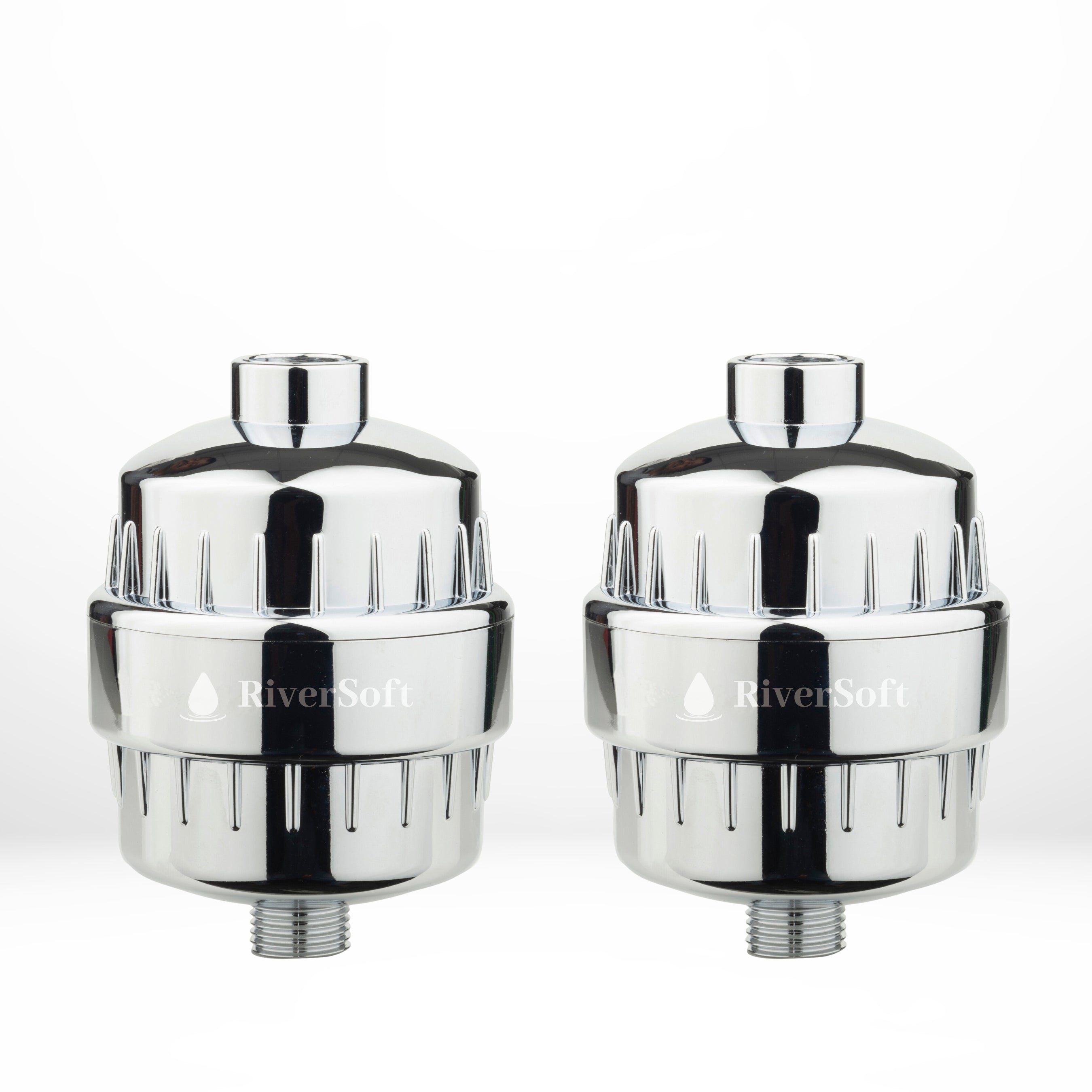

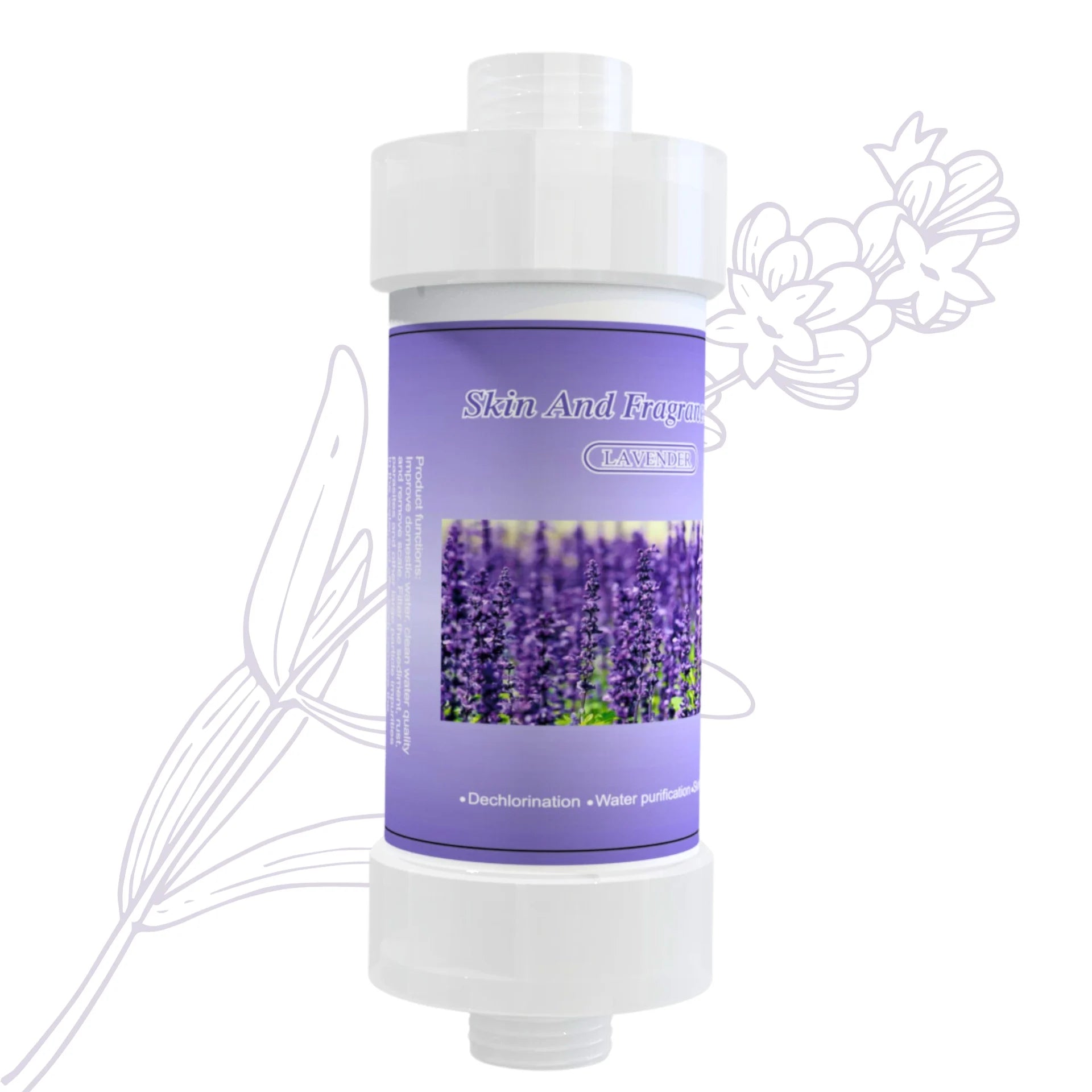

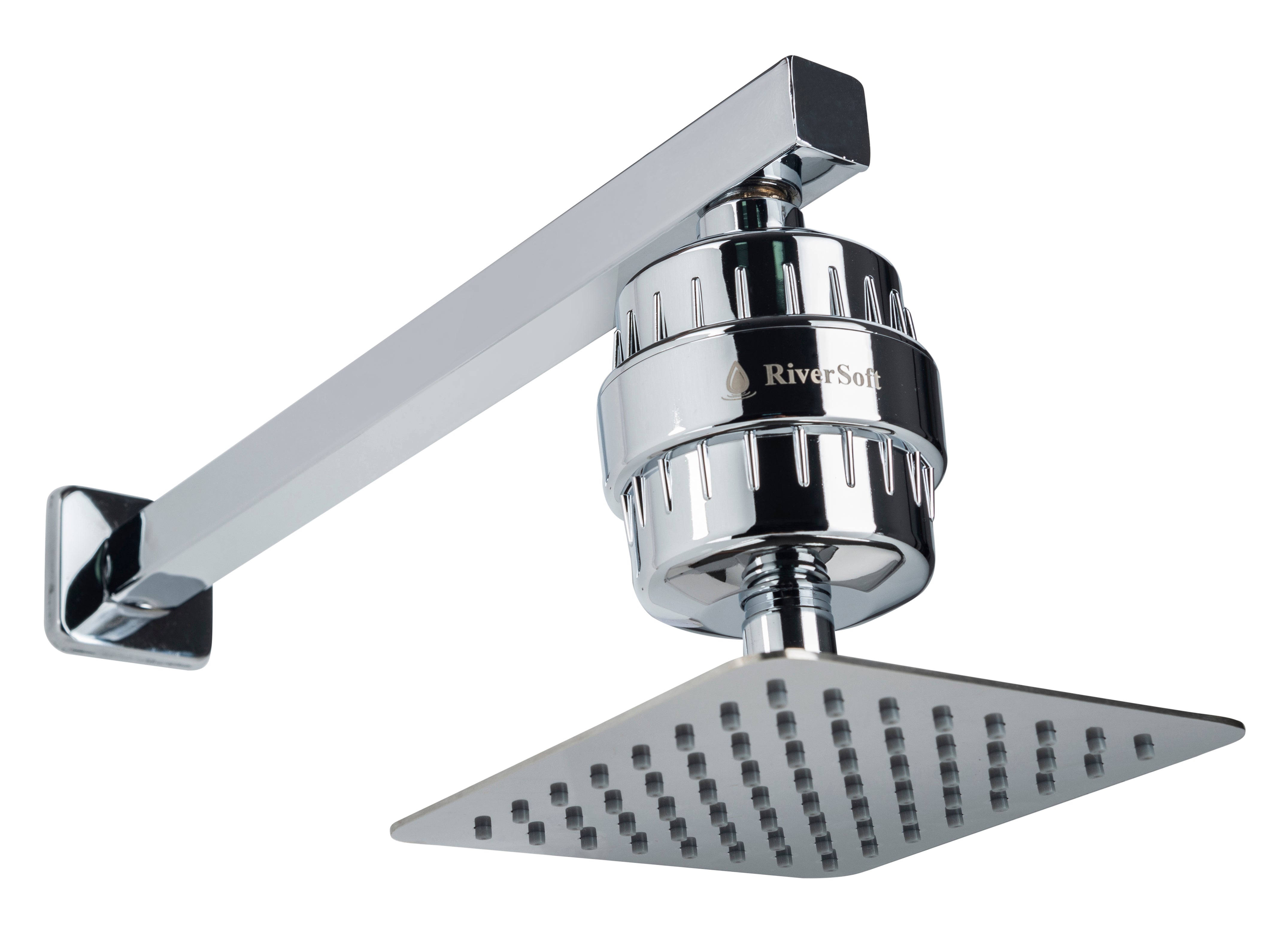







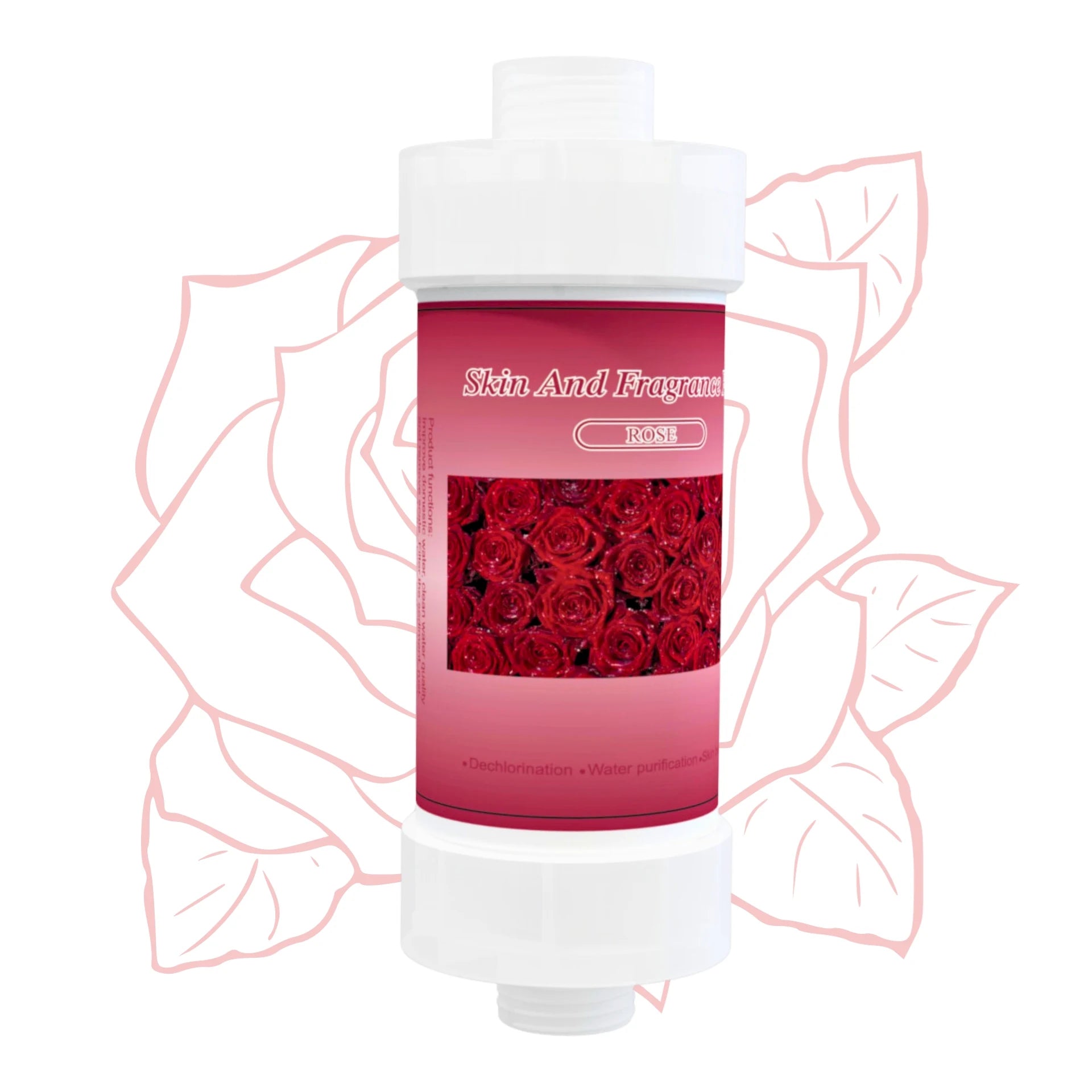
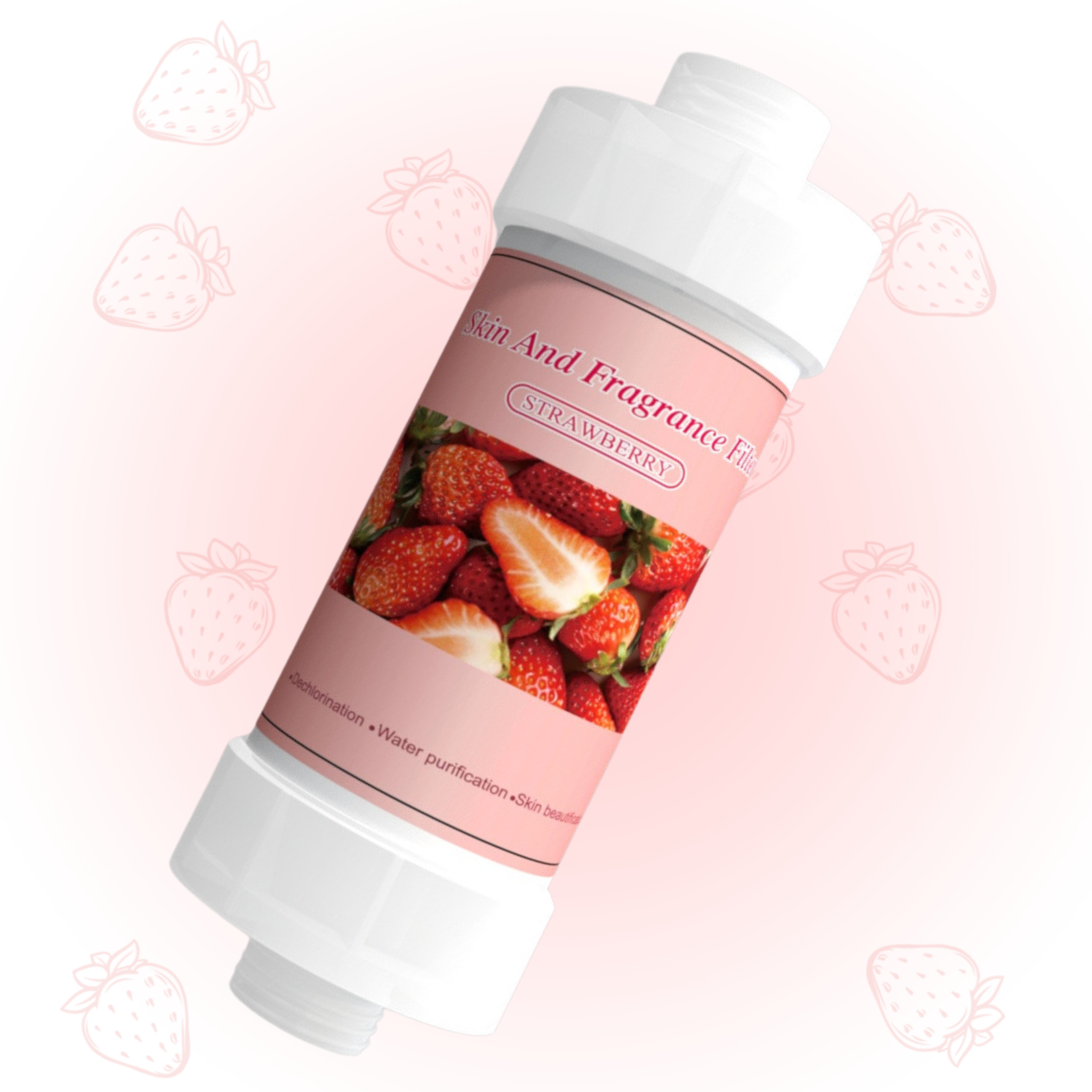

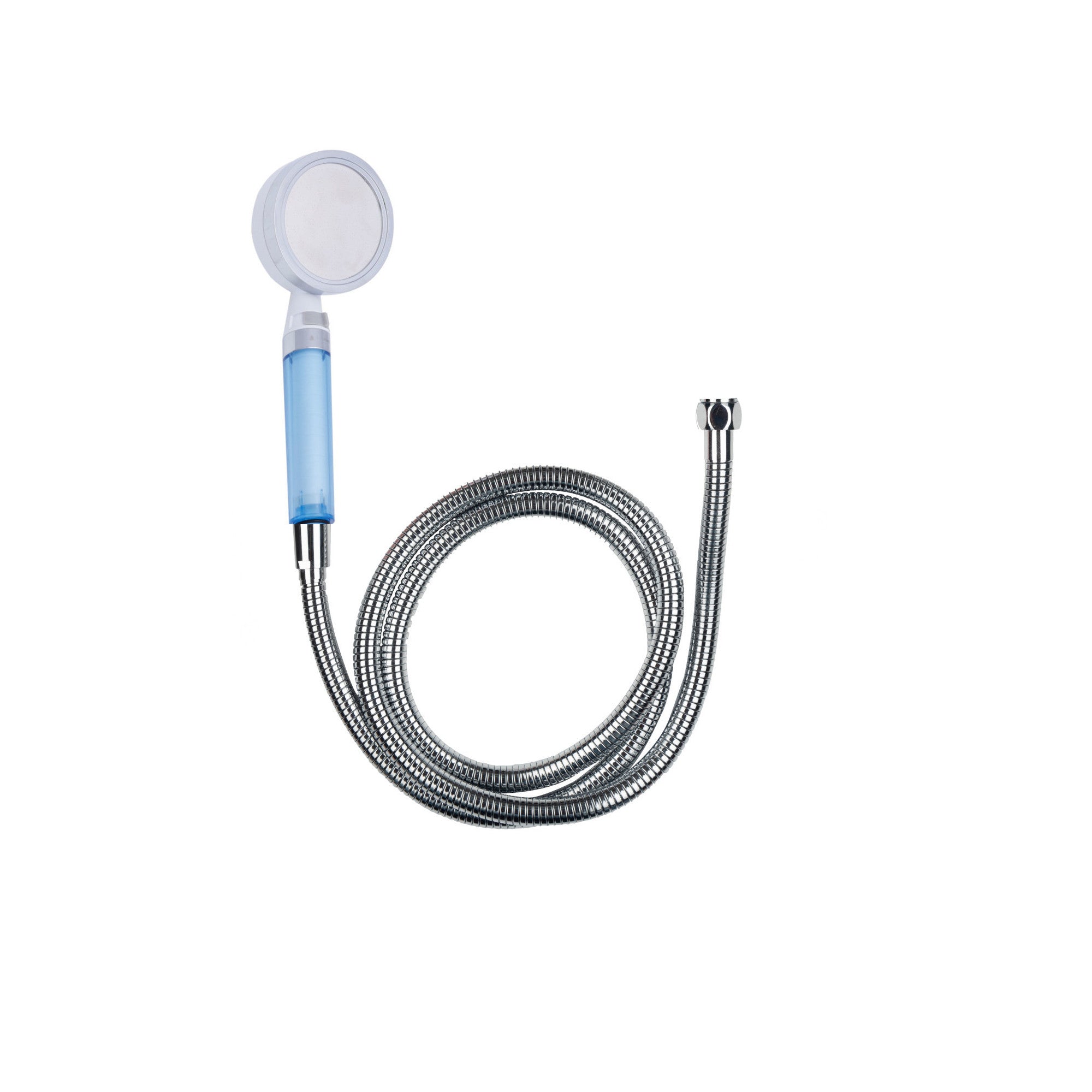
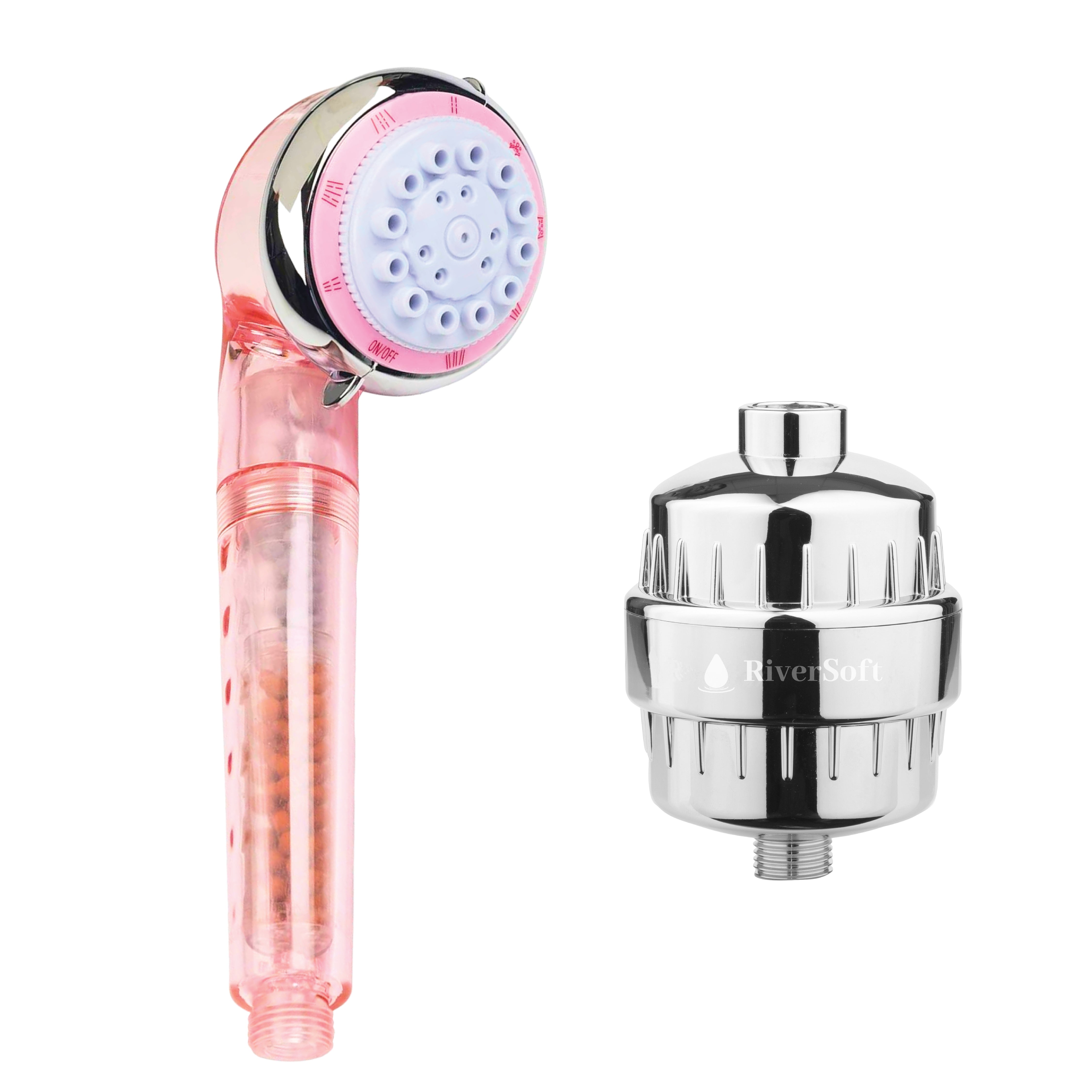



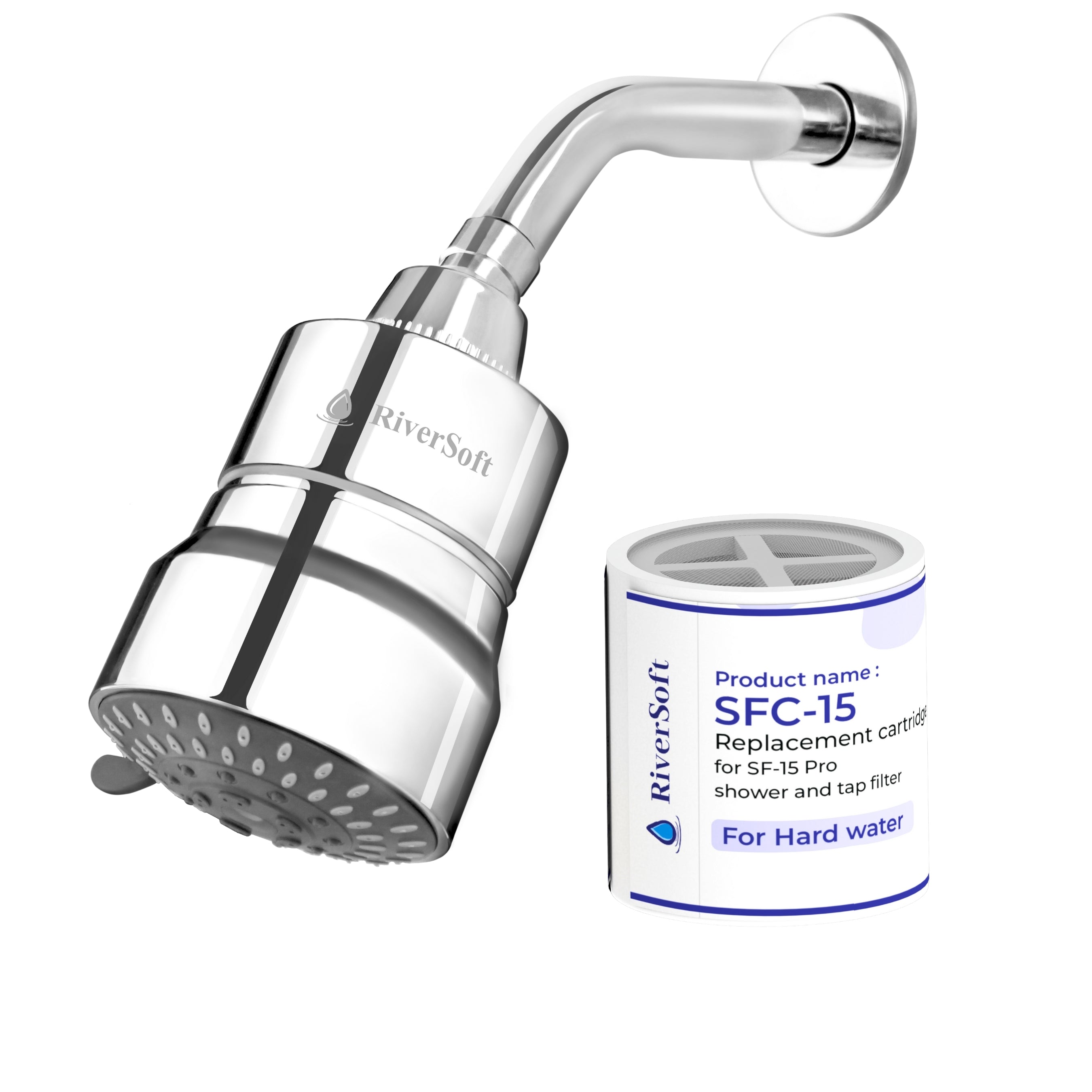


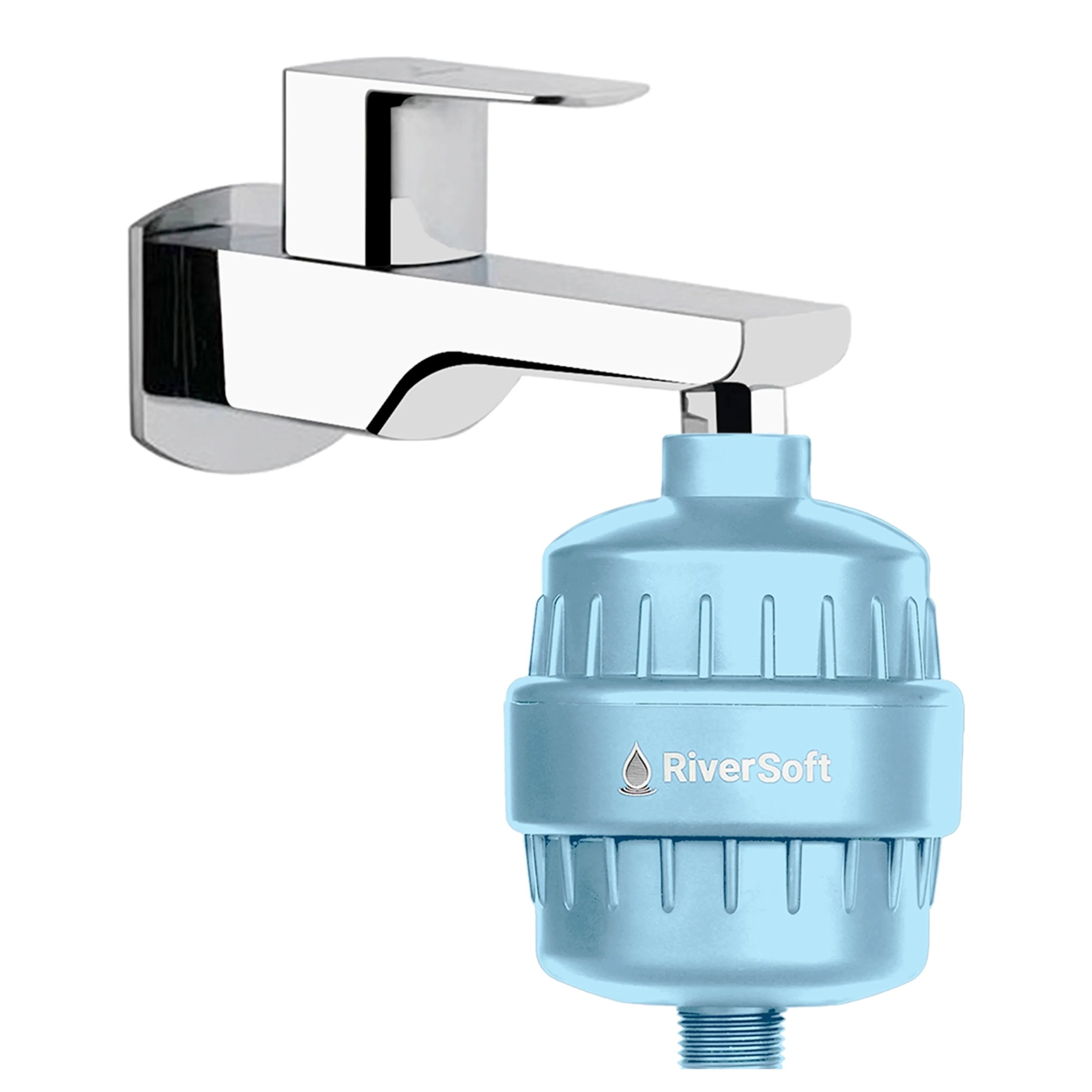






















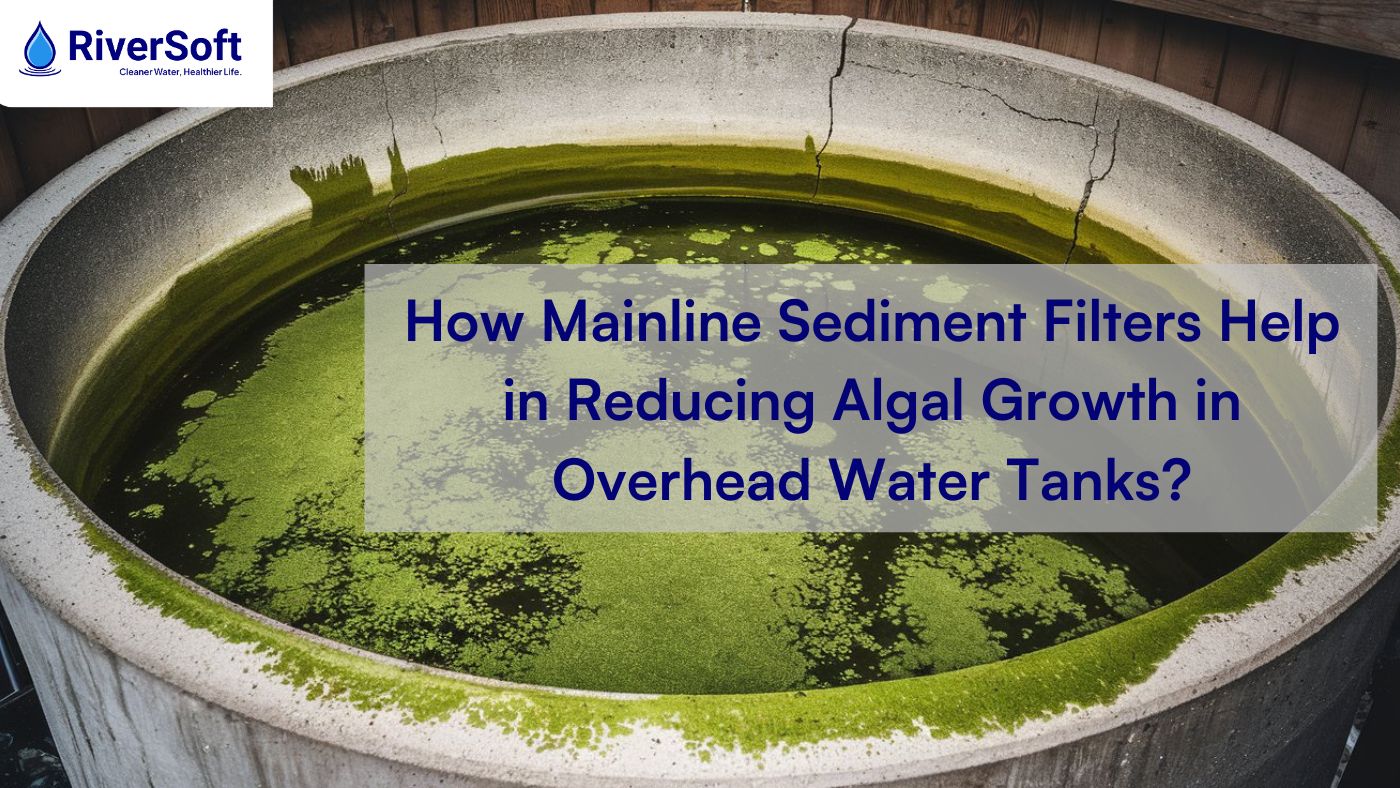


















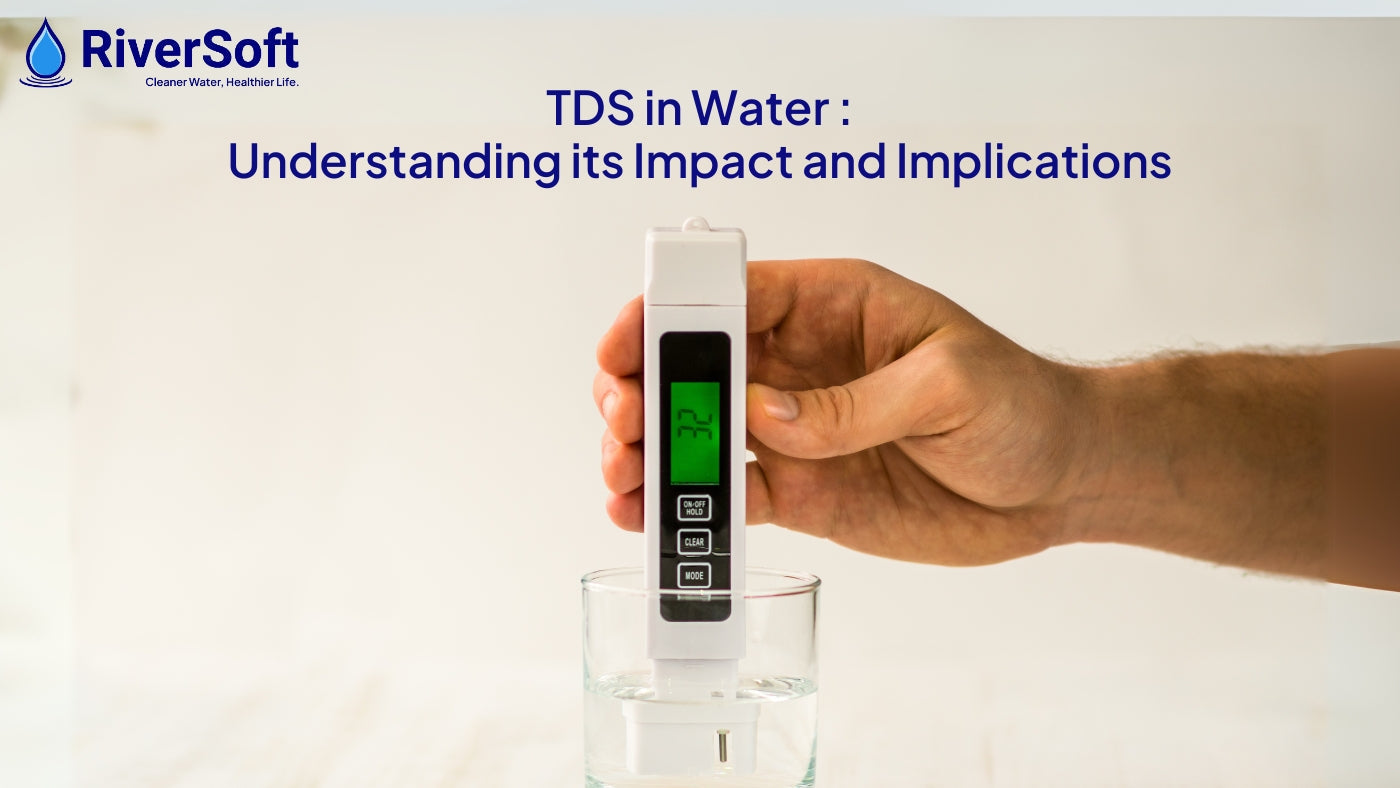



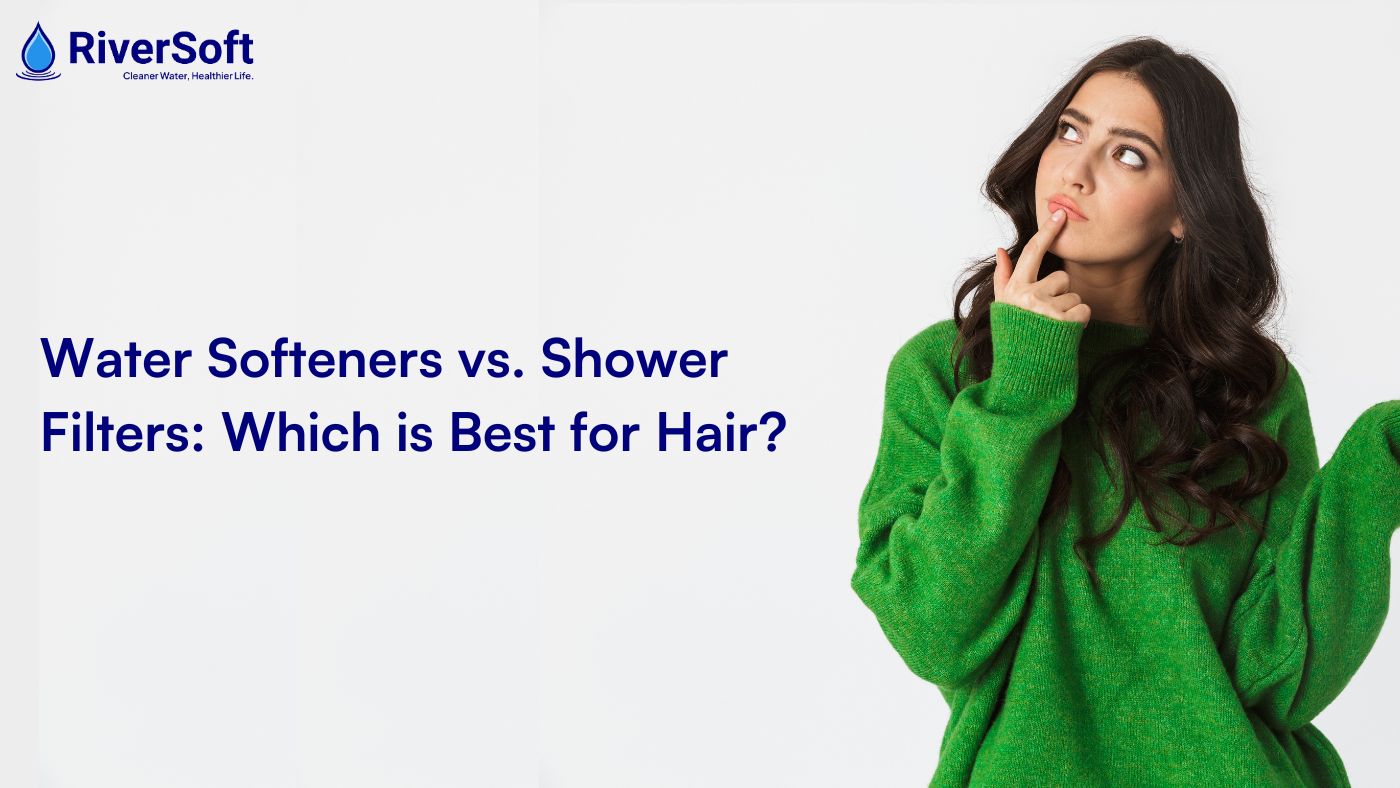








Ashutosh was inspired to solve water quality issues after witnessing the harmful effects of hard water on his family’s health and home. Recognizing the widespread impact of poor water quality, he committed to creating innovative solutions that ensure safe and clean water for everyone. He is an alumnus of IIT Delhi and IIM Ahmedabad, bringing a strong technical and managerial background to RiverSoft.